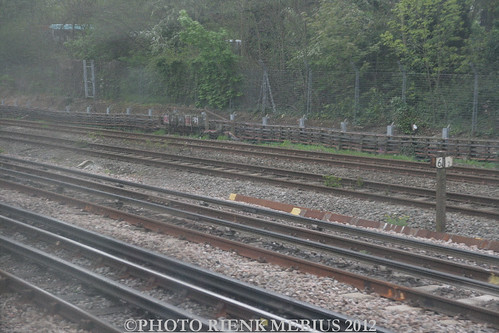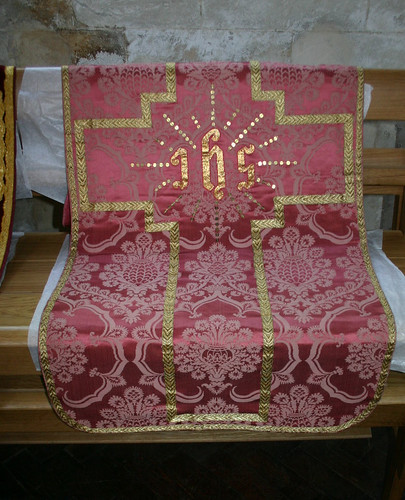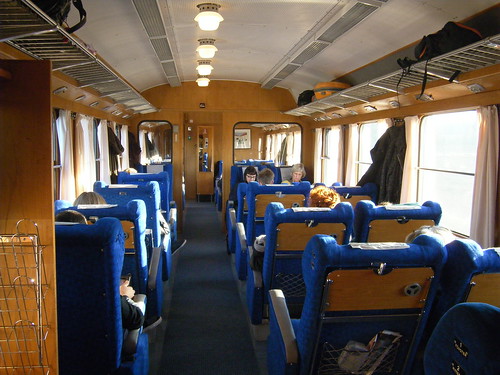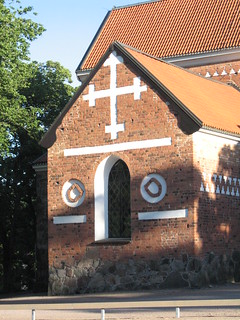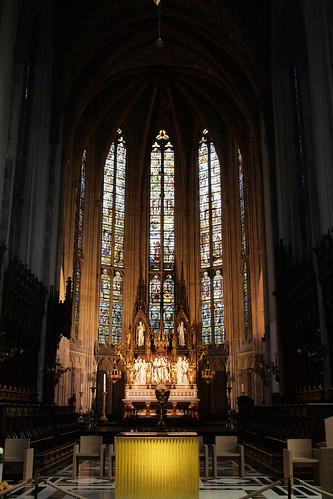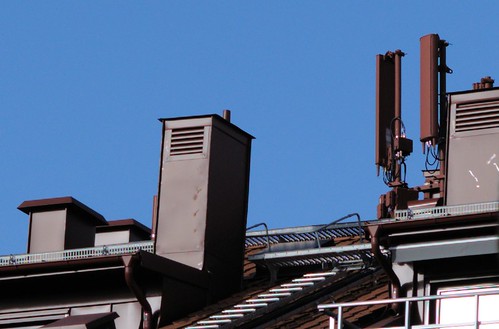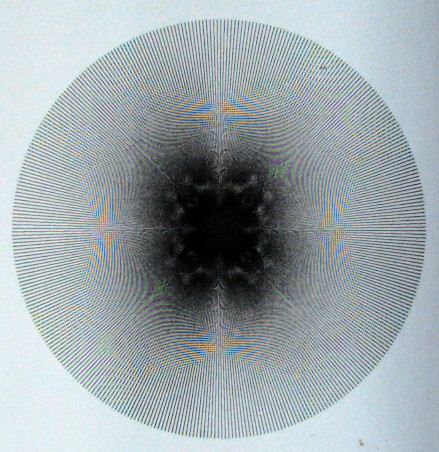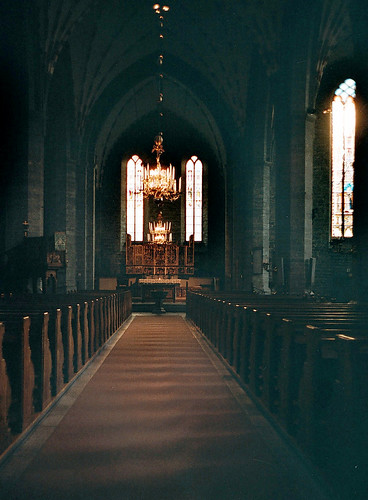We had a weekend at Vadstena, which was looking stunning with all the trees in autumn gold. It was attended by groups from choirs from Catholic churches all over Sweden, with a programme directed by the diocesan musical director, Ulf Samuelsson. We stayed at the STF hostel at Omberg, where forests of giant ancient oaks and beeches were also at their autumn best.
The music, however, got off to a difficult start, with a rehearsal in the vast cavernous interior of Vadstena abbey church, a fourteenth century building with a reverberation time of around ten seconds, as well as some particular resonances. Making matters worse was a organ
that sounded as if it was out of tune in the bottom register - low
frequency discords being amongst the most unpleasant sounds possible.
That the music was evidently not selected with regard to the special
characteristics of the building quickly became apparent.
With normal-paced music, much of it in parts, echoes of notes sung a few
seconds earlier were coming from all directions. Trying to sing was a
battle against the building. I could not cope with this bombardment of
sound, so I gave up the fight and after the rehearsal, sat in the benches to
listen.
There would have been no problem if the music had consisted of
unaccompanied Gregorian chant. On the contrary, it would have sounded
wonderful. A few years earlier, I had attended a concert in the church by two women from Finland who perform under the name
Vox Silentii. One of the pair sung, very gently, one of the resonant frequencies of
the church, whilst the other sung Gregorian chant from the time of St
Brigit. From this, it can be concluded that the only sorts of music that can be sung in the building without difficulty are the Gregorian
chant for which the building was designed and built, related forms of music such as Swedish or Anglican chant, and,
possibly, slow-paced four-part polyphonic music by composers such as
Palestrina.
From my place in the congregation during the service itself, it was apparent that, the sound coming from the choir was wonderful, that there was something wrong with the organ, and that the building was not designed for preaching either, as the sermon could be heard several times! The concluding piece by Mendelsson was little more than a mush of sound. At the end, I could not say that I had attended a service of worship. In fact, whilst described as a service and held at the time when Vespers would normally be sung, it was not a proper Vespers since it did not include the Magnificat, which are part of Catholic Vesper.
After that low point, things improved. We were very well fed at the Folkhögskola, with home-made entertainment afterwards and an opportunity to make new contacts. We had breakfast in our hostel in the middle of the forest. Sunday Mass was in the modern church of the present Birgitta sisters. I am never quite sure what to make of the building. It has large windows, on one side giving a view across the lake, Vättern, and on the other a view to a garden with mature beeches, their leaves a golden blaze just now. However, with this natural beauty all around, the liturgy takes second place.
But in the smaller space, the buildings, music and singers were working together. It all sounded fine, including the previously difficult Mendelsson. The Ordinary of the Mass was the
Misa de Angelis, with
Credo 3 and the
Pater Noster, which a lot of people seemed to be able to sing without looking in their books.
Next time
There will be other similar events of this kind. With a building like Vadstena Abbey Church available - though there are others too, such as Varnhem, there are great possibilities as long as the building's acoustics are respected.
The vespers could be those for the day, sung mostly in Latin from the Liber Usualis. Why Latin? Because, first, the language has simple open vowels; second, it is pretty close to what would have been sung when the building had just been completed; and third, but most importantly, it would be worth inviting a teacher or teachers to give instruction in the reading and performance of Gregorian chant, possibly a monk from Solemnes. On the Saturday evening, it would also be fitting to conclude with the sung Compline, like these French Benedictine monks, music which would be literally awesome in the Vadstena Abbey church.
Similar concerns apply to the Sunday Mass. Whilst the convent church is an attractive building, it does not function particularly well as a space for the liturgy due to the stunning views from it. The convent church is very much of its time - the 1970s, and one must indeed have concern for the future of that community itself, which seems to have had few, if any, vocations in recent years. There is not in fact a serious shortage of vocations, but it is the traditional Catholic communities that are drawing in the present generation of young people.
With these considerations, it would be worth thinking about holding the main Sunday Mass in the Abbey church, possibly early in the morning before the main Swedish service if permission can be obtained. This too, would preferably be in Latin and include the correct Proper for the Sunday. Because of the complexity of these, it would probably be better to divide responsibility for singing the different parts - Introit, Gradual, Offertory and Communion - amongst parishes who could prepare them beforehand. The same applies, possibly, to the Offertory and Communion motets, which might be polyphonic, and perhaps also to the Ordinary. Alternatively, or additionally, the opportunity could be taken to introduce some of the other Gregorian Mass settings, such as Mass XI (Orbis Factor), and the austere Credo I.
As regards the Mass itself, unless there is any particular reason to include vernacular hymns - and there is little reason or opportunity to if the Proper is sung - then it would be a good thing to celebrate the Mass in the Extraordinary Form, complete with the sprinkling of holy water and incense, which would also have the benefit of conducting it as a High Mass with Deacon and Sub-Deacon, which would avoid the awkwardnesses of a concelebrated Mass.
Such a weekend could even inspire a few vocations to the priesthood or religious life. The programme for 2014?

